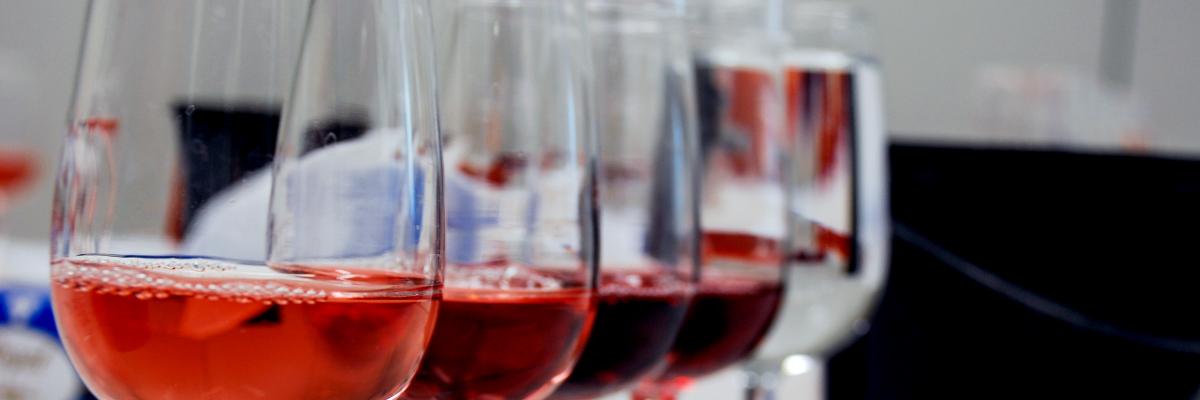Research to clear the air on smoke taint in wine

The question of whether smoke from stubble burning has any effect on wine grapes will be tested as part of new research being conducted in South Australia’s wine regions.
The research which will be carried out by researchers at the University of Adelaide’s Waite campus with assistance of the Australian Wine Research Institute (AWRI). The State Government has provided $60,000 in funding.
“The project will help us to understand under what weather conditions the grains industry can conduct stubble burns without negatively impacting other sectors, for example grape and wine production,” says lead researcher Professor Kerry Wilkinson, in the School of Agriculture, Food and Wine.
“We know in the case of bushfires, the timing and duration of vineyard exposure to smoke can influence the potential for grapes to be affected by smoke.
“Our research aims to develop strategies for managing stubble burning that give both graingrowers and grape and wine producers confidence that any risk of smoke taint is mitigated.
“Research results will inform policies around the issuing of permits for stubble burns, as well as managing stubble burn decisions.
“The project reflects the willingness of two important industries to work collaboratively to achieve a mutually beneficial outcome.”
Minister for Primary Industries and Regional Development Tim Whetstone said a lot of research has gone into the impact on wine taste of smoke from major bushfires and controlled public forest burns, but there is little analysis as to whether low intensity stubble fires have any lasting impact.
“During autumn, grain growers will start their autumn burn programs which may sometimes coincide with the presence of unharvested grapes still being on the vine for winemakers,” says Minister Whetstone.
“The grains and wine sectors are two primary industry super powers in South Australia and it is important they are each able to co-exist without detriment to the other.
“Stubble burning is not as prevalent as it once was but remains an important tool in the grain production system, setting the land up for the planting of winter crops.”
Dr Mark Krstic, Business Development Manager at the Australian Wine Research Institute, says the research will reveal more information about the ideal conditions for stubble burning that will diminish any unintended risks of damage to grape and wine production.
“From our previous research on smoke taint, we know there are certain factors at play like smoke drift distance, type of smoke, time of day for burning, seasonal conditions, and wind speed,” he says.
“We hope to be able to refine this through further research and give both the wine and grains industries enough information to make sound decisions when they are considering the needs of their own business, as well as their neighbours.”
The smoke taint research project is funded from the State Government’s $1.8 million South Australian Wine Industry Development Scheme.
